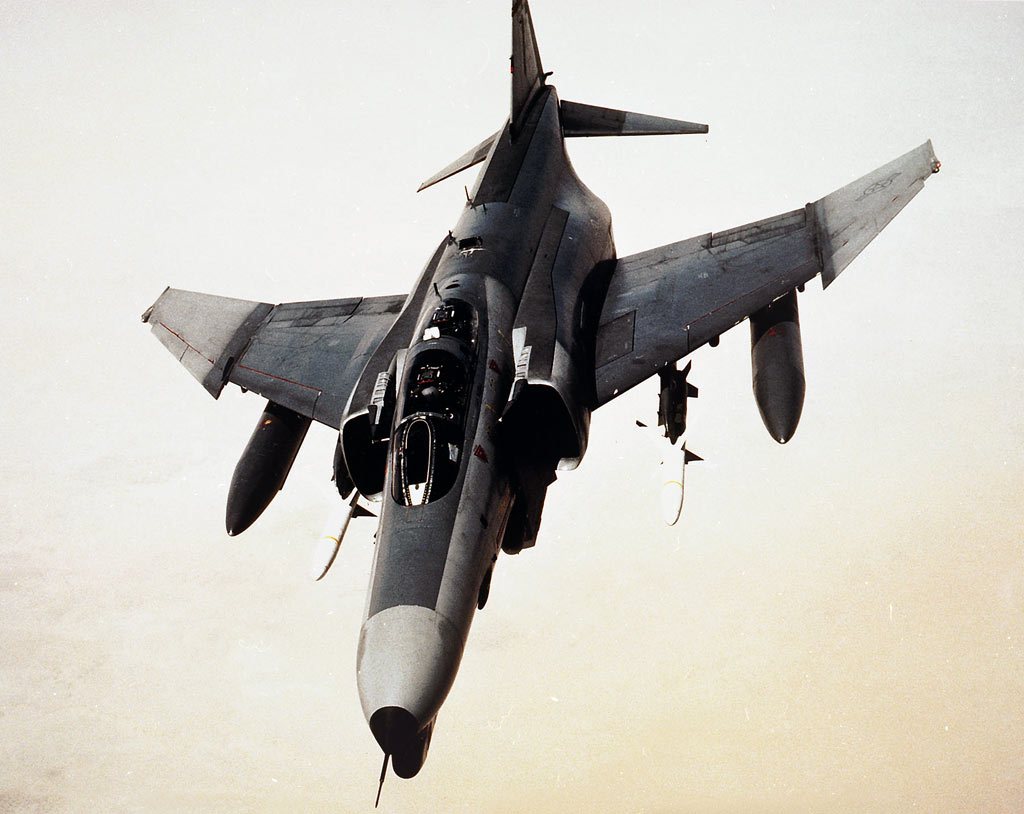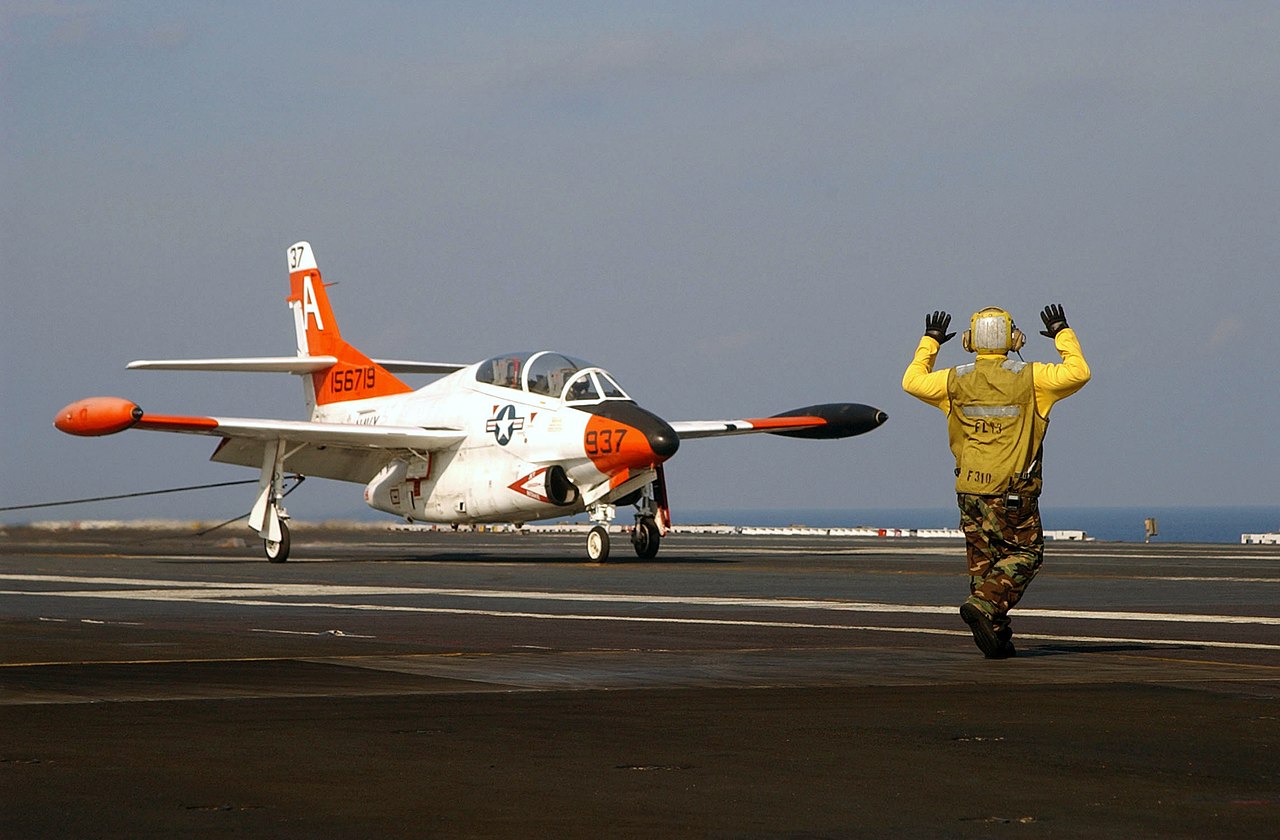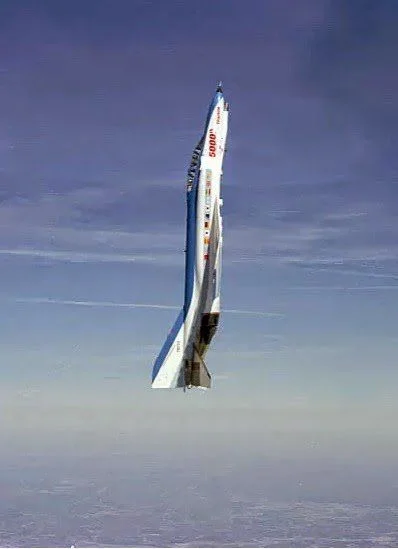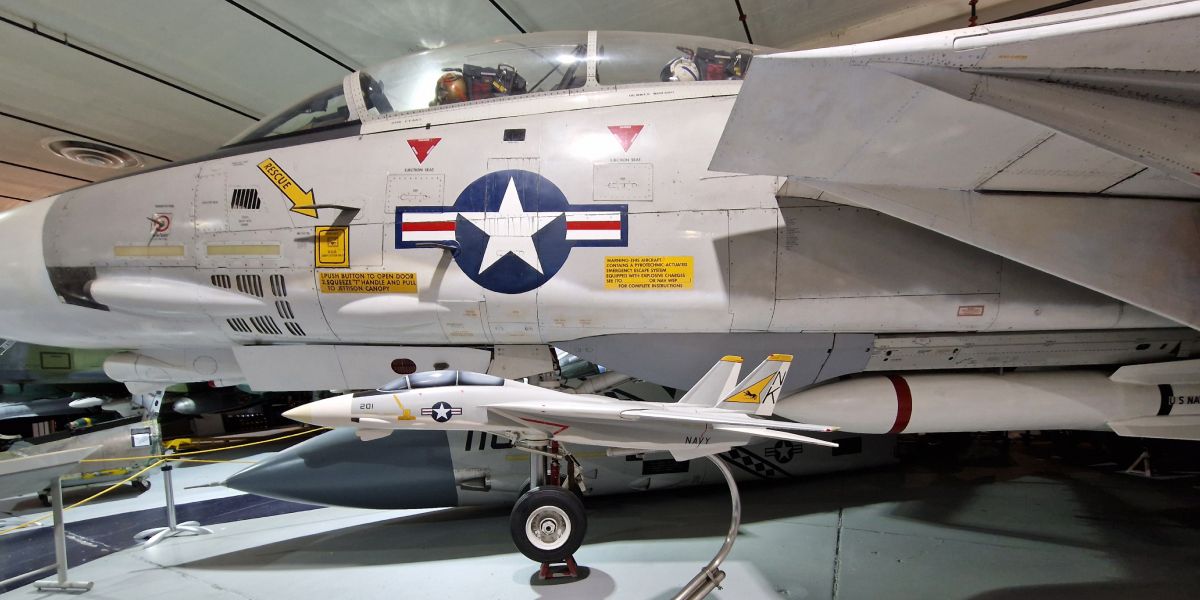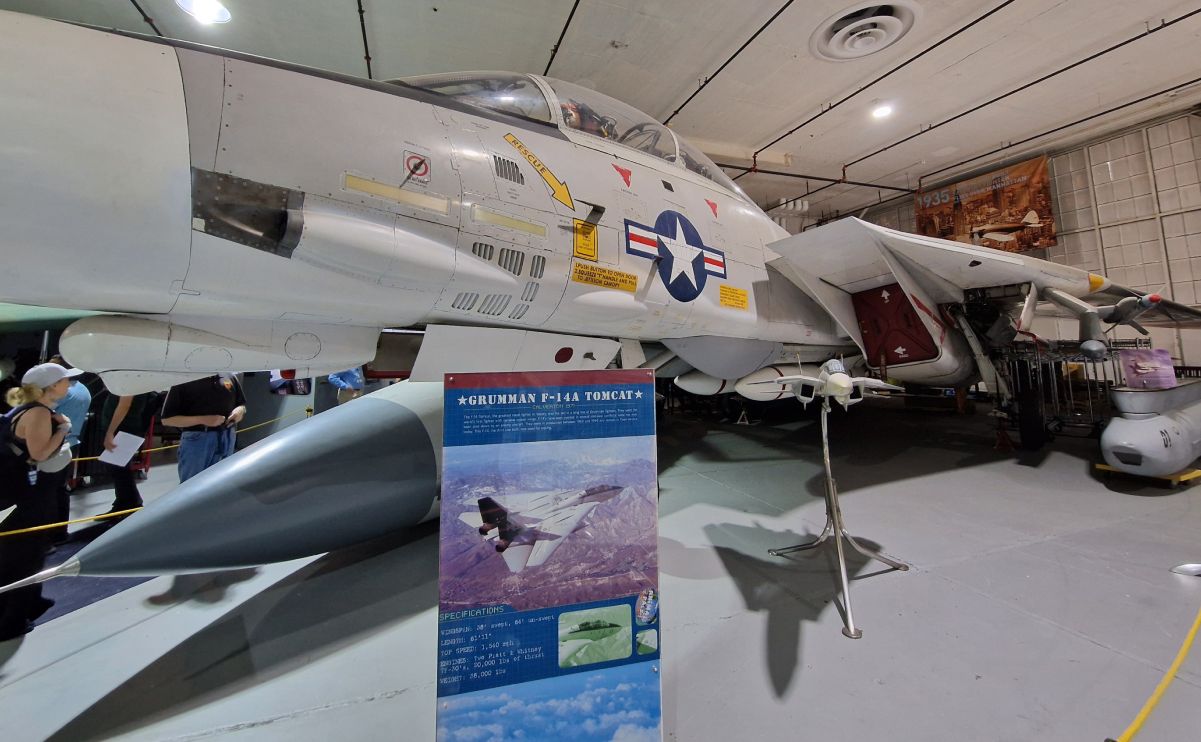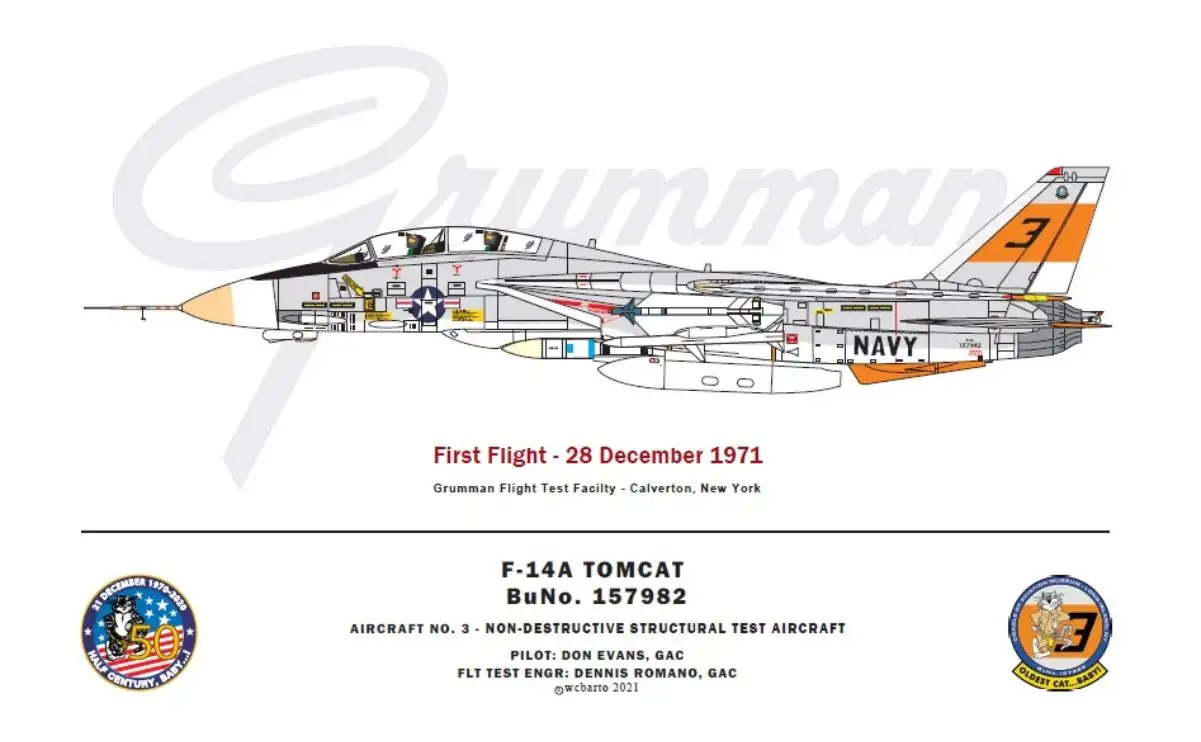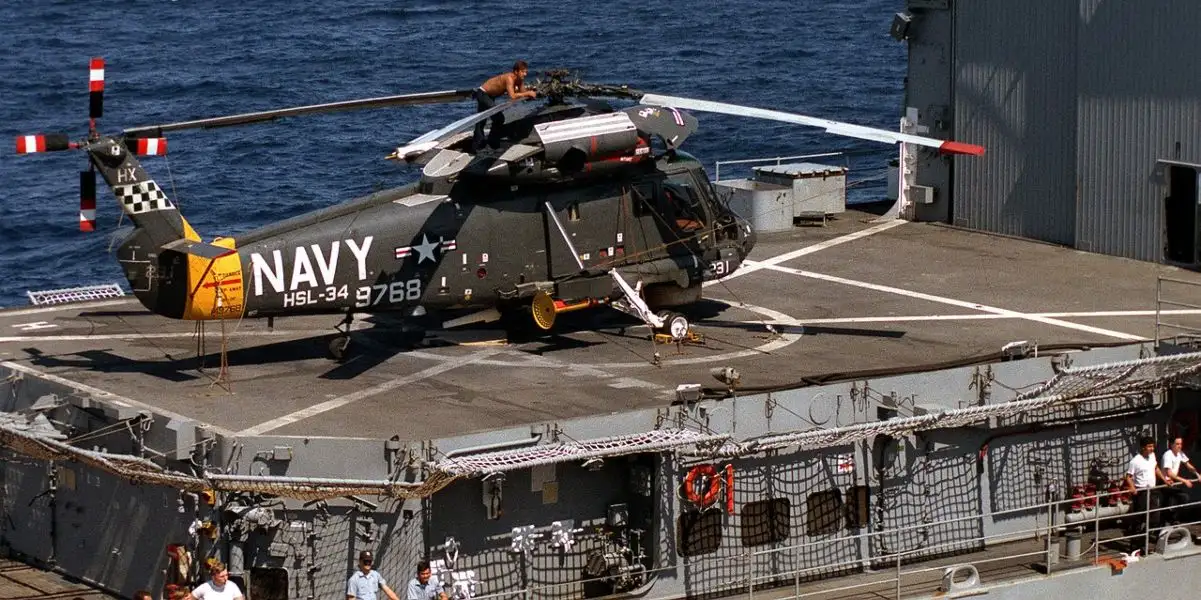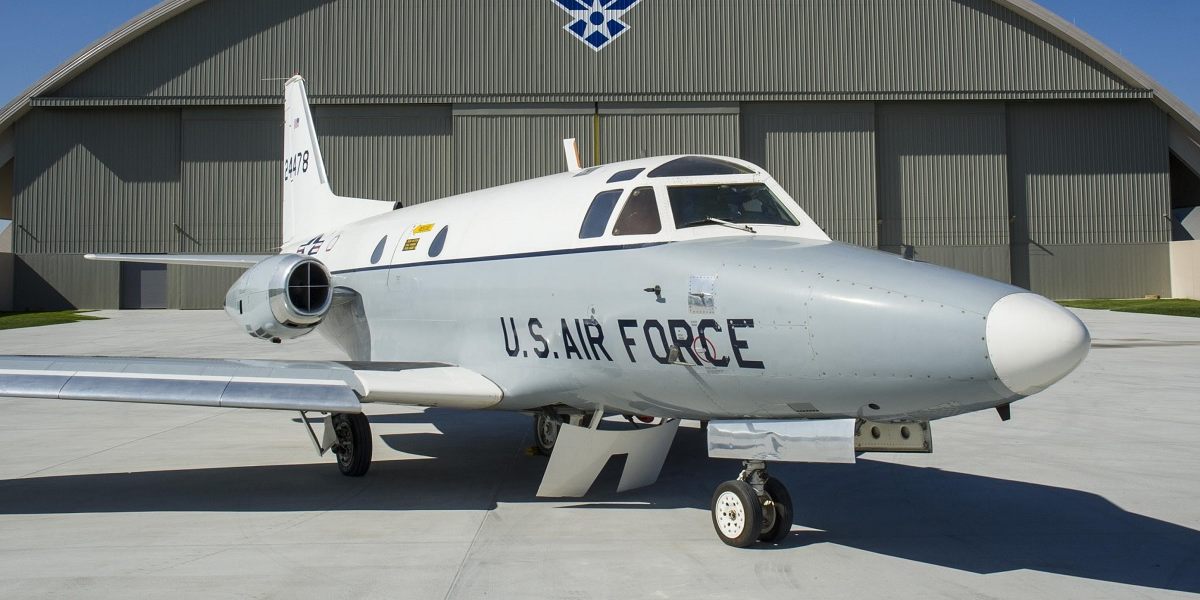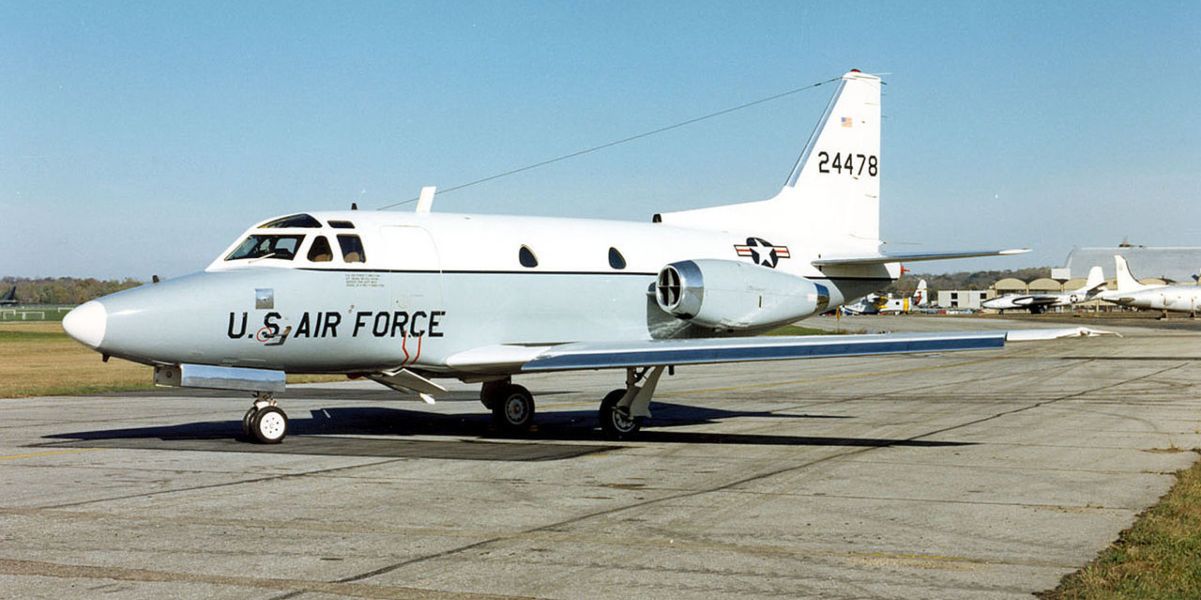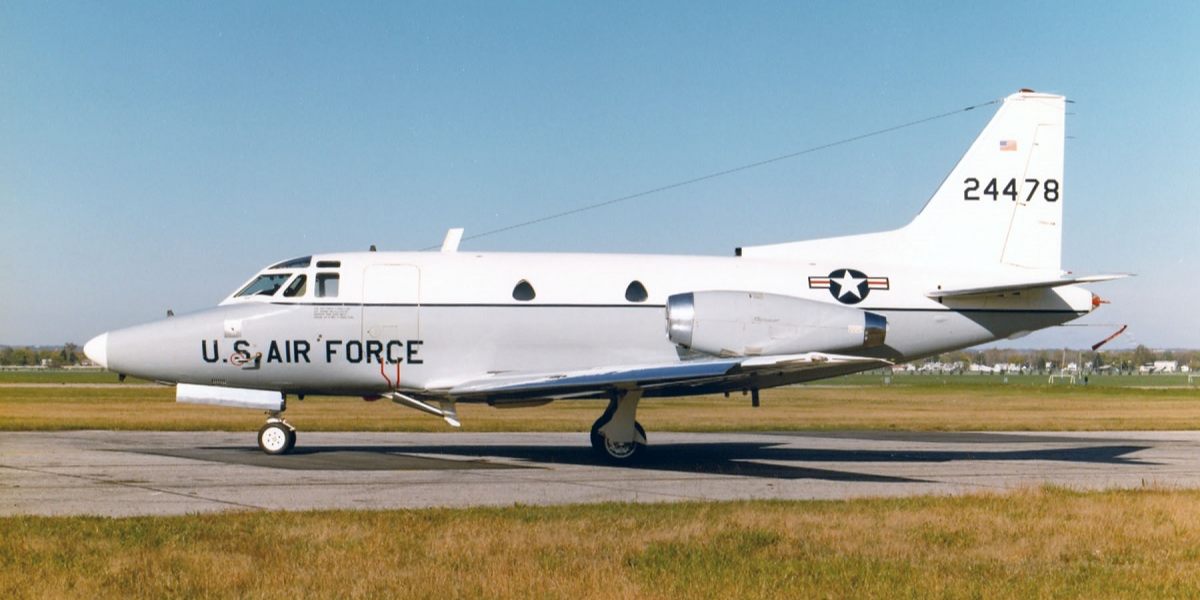Operation Allied Force
On Mar. 24, 1999, the North Atlantic Treaty Organization (NATO) launched Operation Allied Force against Serbia.
Lasting 78 days, this was an unusual conflict fought at several levels. The campaign was fought at the negotiation tables, in the media, and via cyber warfare. In the air, NATO sought to destroy or at least minimize the capability of the Serbian forces, while on the ground the Serbian forces fought the Kosovo-Albanian insurgency. It also had an unusual outcome: without losing any service personnel in direct action, NATO still forced the Serbian authorities and armed forces to withdraw from Kosovo, which in 2008 then proclaimed its independence.
According to Volume 1 of Operation Allied Force by Bojan Dimitrijević & Lt-Gen Jovica Draganić, another peculiarity of this conflict was that AH-64 Apache attack helicopters failed to live up to the lofty expectations that NATO Supreme Allied Commander in Europe and commander in chief of US European Command, General Wesley Clark, and his staff had from the beginning of Operation Allied Force.
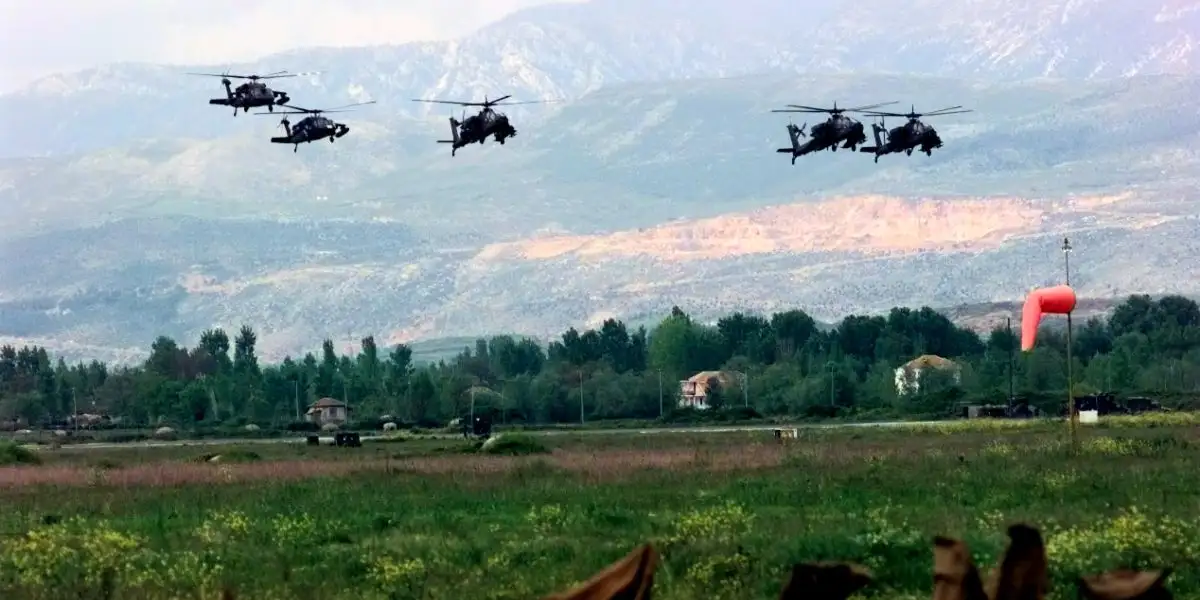
Apache failure during Operation Allied Force
A dedicated task force – Task Force Hawk – had control of the Apache helicopters and was intended to operate from Camp Able Sentry based near Skoplje in Macedonia. However, the Macedonian government refused to approve combat operations from its territory against its northern neighbor of Serbia. Albania then said it would allow the Apaches to fly from its bases. Despite the infrastructure shortages and disagreements within the US Joint General Staff, President Clinton approved the Apaches’ deployment to Albania on Apr. 3.
Task Force Hawk was organized by the US Army V Corps and its headquarters. It consisted of a single helicopter battalion belonging to the 11th Aviation Group (sometimes referred to as a regiment from Illesheim US Army barracks in Germany), initially equipped with 24 AH-64 Apaches. Subsequently, there were also some utility helicopters from the 12th Aviation Brigade at Wiesbaden, with around 30 UH-60L Blackhawks and CH-47F Chinooks. Task Force Hawk had its own land component, which was created around an artillery unit of the V Corps with 27 M-270 MLRS launchers from the 41st Field Artillery Brigade, an M-2 Bradley-equipped mechanized battalion, an armored company with M-1 Abrams tanks and other support units. It included a single battalion of the 505th Regiment of the 82nd Airborne Division, tasked with protecting the air base at Rinas near Tirana, Albania, where the task force was to be stationed.
An unusual and chaotic environment
In total, the task force had some 2,600 US Army personnel. After deployment, the unit was intended to attack Serb forces in Kosovo with a combination of Apache direct attacks and MLRS strikes from a distance, especially when the ‘regular’ NATO strike aviation was unable to carry out such attacks.

The first batch of 11 Apaches and 20 other helicopters landed at Rinas on Apr. 21, after having taken off from Germany on Apr. 14. Five days later, 24 more helicopters arrived. The Apaches’ arrival coincided with a visit to Tirana by General Wesley Clark. General John Hendrix, who was in charge of Task Force Hawk, declared that it had achieved IOC (initial operational capability) on Apr. 26, and scheduled that it would be completely ready for operations on May 7. The USAF organized a major airlift from Ramstein into Albania, with Boeing C-17 transporters moving combat vehicles, protection troops, and support equipment for the Apache deployment with 635 missions.
At Rinas, Task Force Hawk was in an unusual and chaotic environment, since the airport was also used as the major hub for the delivery of humanitarian aid to Kosovan refugees, whose number had increased to several hundred thousand. Without reducing the air campaign, NATO inaugurated an additional operation called Sustain Hope to airlift humanitarian supplies to the refugees in Albania. The United States played its part in a further new operation, Shining Hope. On Apr. 4, a USAF C-17 airlifted supplies from Dover AFB to Tirana, while the 86th Contingency Response Group from Ramstein deployed to Tirana, where they increased the airfield capacity to allow more than 400 daily take-offs and landings, where earlier there had been only 10.
A premonition for further operations
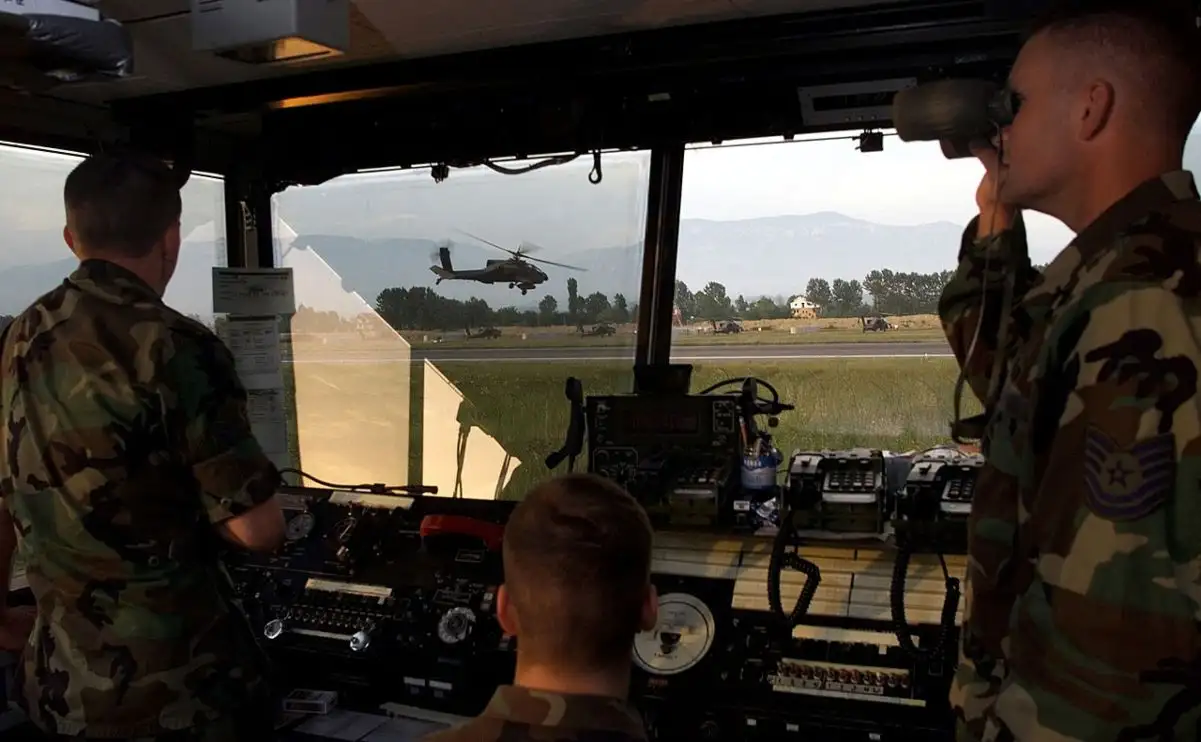
There was thus a constant flow of different transport aircraft at Rinas. Rain turned the aprons where the US Army helicopters were parked to mud. As seen in a TV news report, US Army officers who welcomed General Clark after he left his C-9 on the Tirana apron had muddy boots, which may serve as an indication of the environment in which Task Force Hawk operated. Soon, one Apache was lost during a training sortie on Apr. 26. An American ABC News film crew was incidentally present and filmed footage from the scene of the night-time incident, showing the moment when the helicopter crashed into a hill, with burning wreckage and two shocked pilots taken away from the scene. “Ironically, it began as a training mission to rescue a downed pilot” reported Forest Sawyer of ABC News.
It proved a premonition for the Apaches’ further operations.
The use of Apache helicopters during Operation Allied Force cancelled
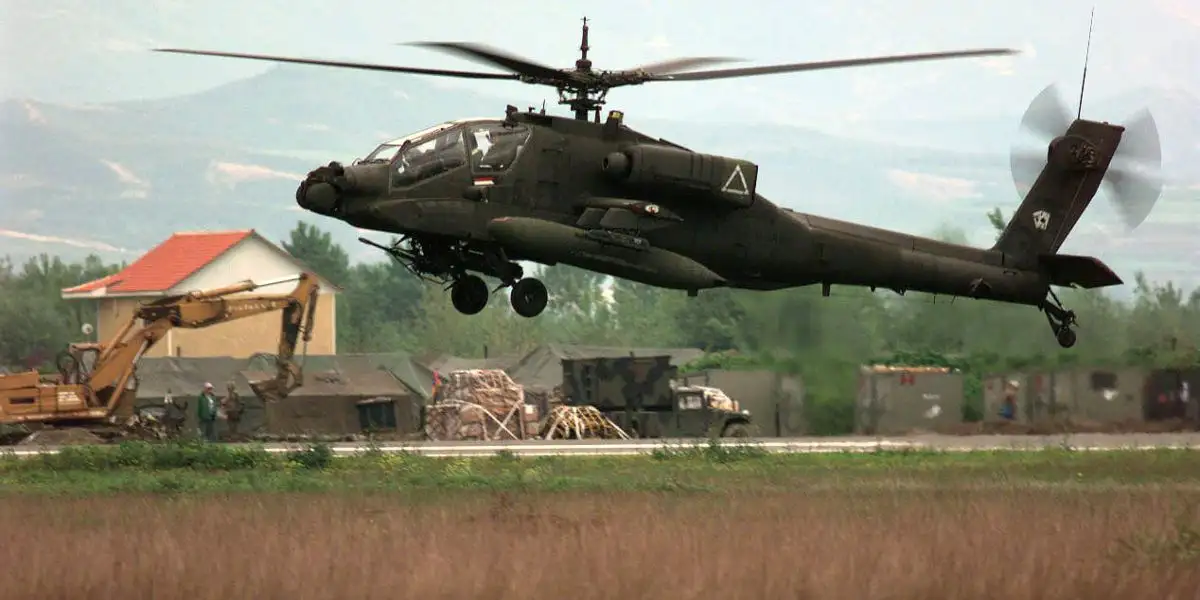
Apache missions were planned to take place at night, in six-ship formations backed by other helicopters with MLRS as fire support. General Clark intended to use live ammunition exercises targeting the VJ units in Kosovo but did not get approval from Washington. During an exercise held on the night of May 4-5, another Apache (88-0228), belonging to C Troop of the 6th Squadron/6th Cavalry Regiment, was lost and both crew members were killed. “Early indications had pointed to mechanical failure, but ultimately no cause could be determined,” a later US Army report stated. The helicopter crashed in the border area, which enabled the Serbs to spread claims that it had been brought down by their MANPADS while trying to attack a Serbian border post.
The loss of two state-of-the-art helicopters and two crew members reflected negatively on General Clark among the highest military and political circles back in the United States. The use of Apaches was consequently canceled. They remained in Albania, but more as a sign of the alliance between the United States and Albania rather than a powerful tool to be used against the Serbian Third Army, which was deployed in Kosovo, Metohija, and southern Serbia.
Operation Allied Force Air War Over Serbia 1999 Volume 1 is published by Helion & Company and is available to order here.
Photo by Tech. Sgt. Cesar Rodriguez and Staff Sgt. Chris Steffen, U.S. Air Force and SSGT EFRAIN GONZALEZ / U.S. Army



